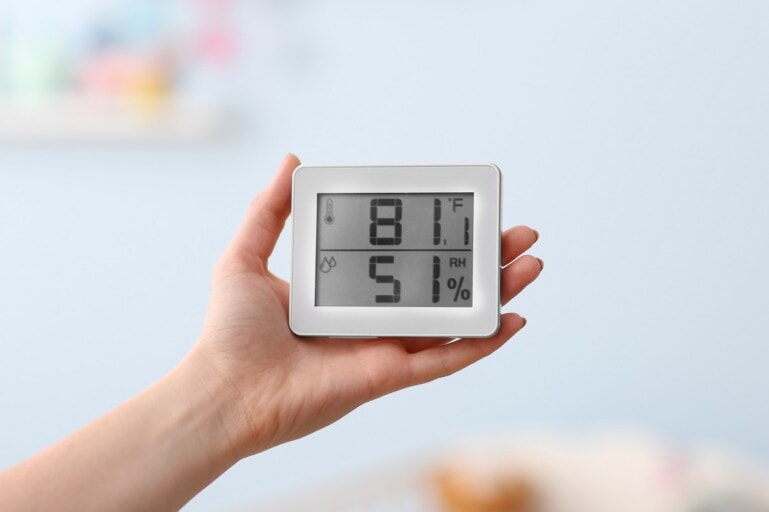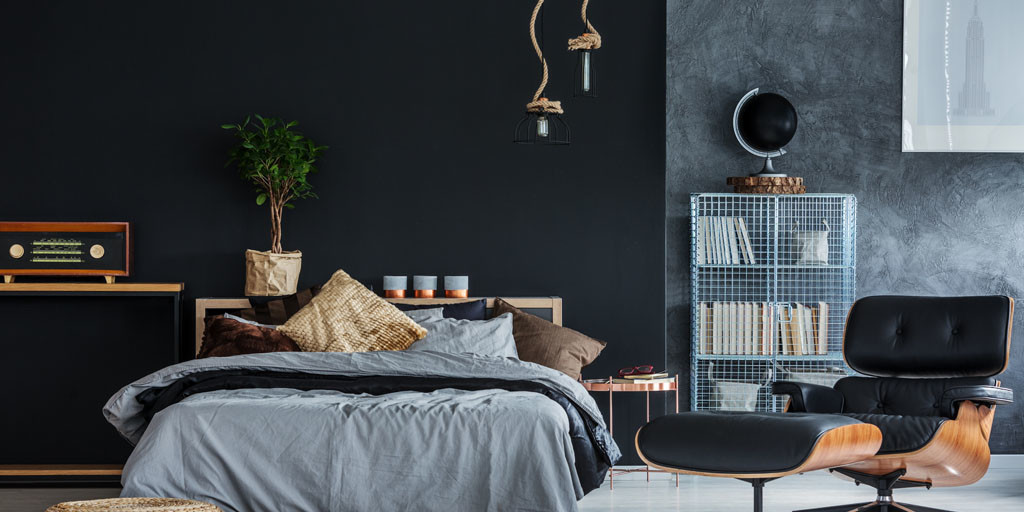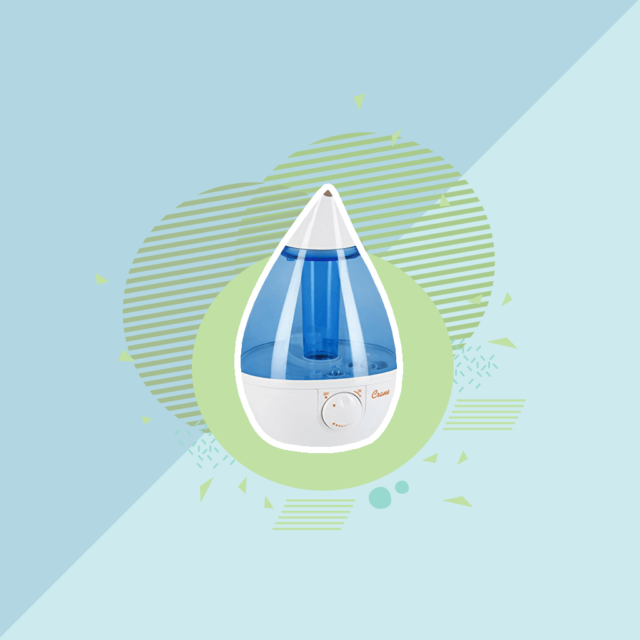What Is a Good Humidity Comfort Level?
Maintaining the right humidity levels ensures that you have a healthier and more comfortable environment. You sleep better, you get sick less, and you just feel healthier overall. According to the Environmental Protection Agency (EPA), indoor humidity levels should be kept between 30% to 50%, with the sweet spot being 45%. Anything lower than 30% is too dry and anything over 50% is too humid.
Having air that is too humid can encourage dust mites and pest infestations and can make your home a breeding grounds for mold and mildew. Conversely, when the air is too dry, you’re more susceptible to colds, respiratory illnesses, dry skin, dry hair, and even cracked furniture. Accordingly, maintaining the right humidity levels at home can provide you with a litany of health benefits while also making your home safer and more comfortable for everyone in it.
How can I gauge indoor humidity levels?

The best way to gauge indoor humidity levels is to assess how you feel when you’re at home. Are you comfortable? Are you suffering from dry skin and chapped lips? Is there condensation accumulating on the windows? These are all questions you need to be asking yourself before taking measures to address the problem. Below are some empirical ways to gauge the humidity levels at home:
- Fogging and condensation accumulating on windows or moisture and mold occurring on walls and ceilings might point to high humidity levels
- Increased instances of static electricity or cracking paint and furniture might indicate low humidity levels
A much easier and inexpensive way to accurately determine the humidity level at home is by using a hygrometer. A hygrometer is a device used to measure humidity in the air and can be mounted on the wall or placed on table tops or shelves. These are cheap, and you can get one for different areas at home.
Some humidifiers have a built-in hygrometer that is able to measure and display the humidity levels on the LCD screens of some models. Often, these models have an auto mode that allows the humidifier to automatically adjust humidity output depending on the humidity levels in the vicinity. To find out more about humidifiers like these, check out our review on The Best Dual Mist Ultrasonic Humidifiers.
What do I do if humidity levels are too low?
Low humidity levels are more common during the winter months because cold air holds less moisture than warm air. Dry air causes dry, itchy skin, a flaky scalp, dry hair, and chapped lips, as well as increased instances of static electricity. Wood floors and furniture may split or crack and paint will start to chip.
Luckily, humidifiers provide a cost-effective way to quickly and efficiently raise humidity levels at home. They don’t use up too much energy and they can make your home feel warmer, which is especially helpful during the colder months. You end up saving more on electricity bills in the long run too because you don’t need to crank up your thermostat as much.
Remember, aim for the 30% to 50% mark and use your personal comfort to gauge the effectiveness of your selected setting. If you’re waking up with a dry, raspy throat, or you notice everyone is coming down with more colds than usual, it might be a good idea to ramp up the humidity and see if it helps.
What do I do if it’s too humid?

People who live in very humid climates have their own problems to face. If your humidity levels are too high, you might notice condensation around your home, particularly on the windows during winter. Increased moisture in the air can also cause stained ceilings and walls and provides a breeding ground for mold and mildew. Pests like cockroaches also gravitate towards more humid environments.
To lower the humidity levels, one option is to to purchase a dehumidifier. There are also alternative ways to reduce the humidity:
- If you have a humidifier, try lowering it or turning it off altogether.
- Have exhaust fans installed in areas where moisture could accumulate, like the kitchen and bathrooms
- Increase ventilation by opening windows to allow fresher, drier air inside
- Reduce the amount of moisture inside the house by taking different measures like taking quick, cold showers, allowing wet clothes to dry outside, cooking with covered pots, and reducing the number of plants you have at home
- If you do decide to get a dehumidifier, make sure you use it only when and where it’s needed, like in basements during the summer
How can I maintain ideal humidity levels at home?
If everyone in your home is relatively healthy and you simply want to make sure you maintain the perfect level of general humidity, you can try the following:
- Make sure your windows are working effectively. If possible, install double hung windows that don’t need any additional insulation.
- Set your indoor temperature at 70 degrees.
- Keep humidity levels at 40% when the air temperature is between 20 and 40 degrees outside. When temps drop to 10 to 20 degrees, reduce indoor humidity to 35%. For every 10-degree drop in the outdoor temperature, reduce your indoor humidity level by approximately 5%.
These recommendations are based primarily on what’s ideal for your home, as the structure itself is made of materials that react to moisture in a specific manner. You might need to make adjustments based on personal comfort, but you’ll also need to keep tabs on the health of your home if you’re toying with humidity levels. In the end, what matters most is how you feel when you’re at home. Home is where you spend 90% of your life so it’s imperative that you should feel healthy, safe, and comfortable in it. For a lot of people, maintaining a good humidity comfort level at home might not be such a big deal, but you’ll be surprised to know that it can make all the difference.




